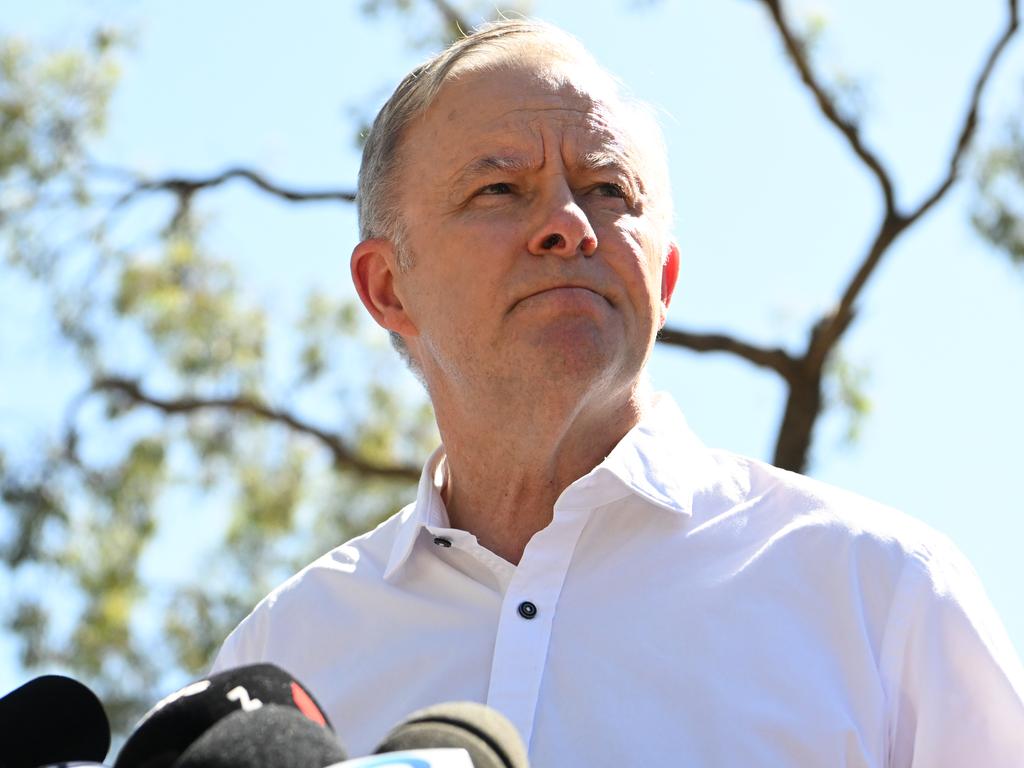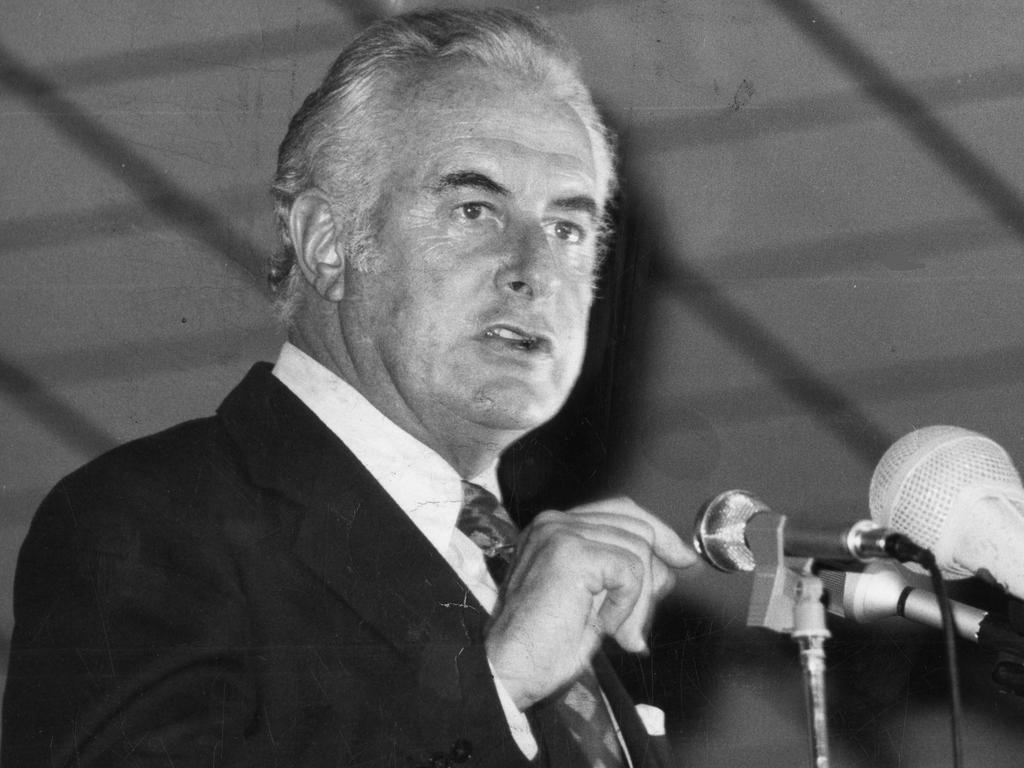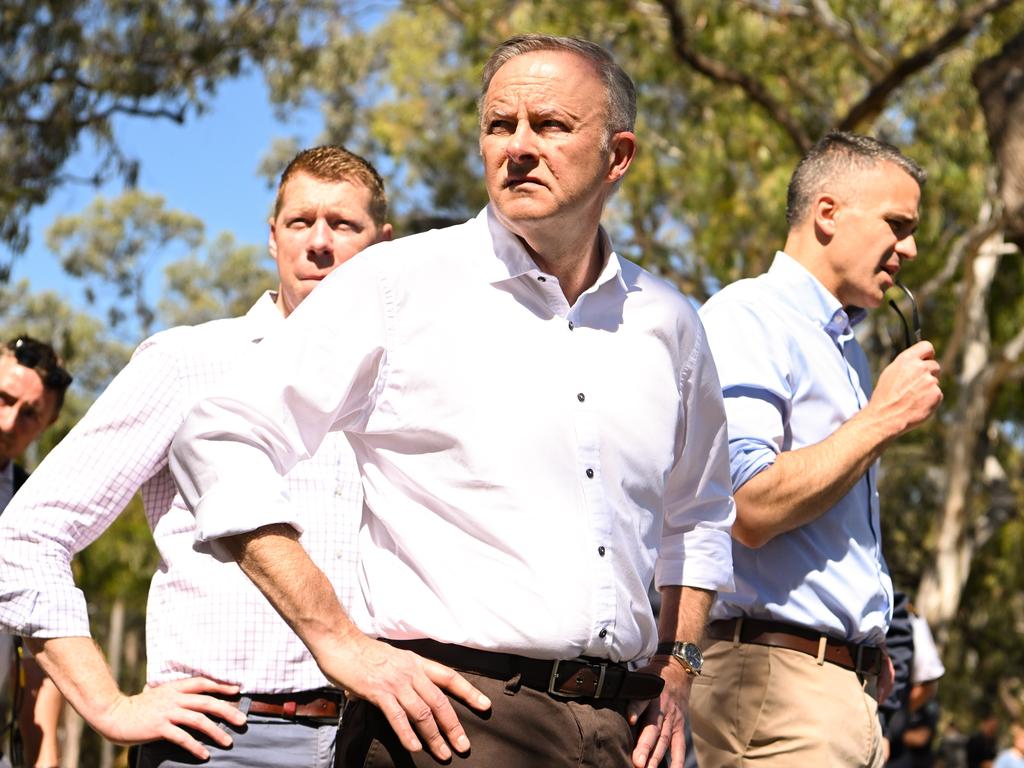Coalition vote falls across nearly all age groups
Collapse of support among Millennials and Generation Z is likely to shape elections and policy direction for years to come according to an authoritative report.
The Coalition’s vote has fallen in almost every age group, with the collapse of support among Millennials and Generation Z likely to shape Australian elections and policy direction for years to come, the nation’s most authoritative post-poll report has found.
According to the Australian Election Study, published on Monday, only one in four voters under the age of 40 reported voting for the Coalition in May, a sign the electorate is moving to the left on a range of issues.
“At no time in the 35-year history of the AES have we observed such a low level of support for either major party in so large a segment of the electorate,” the report said.
“By contrast, support for Labor remained virtually unchanged from 2019 to 2022, with about 38 per cent of voters under the age of 40 supporting Labor.”
The Australian National University-led study concluded: “How the Coalition addresses this overwhelming deficit of support among younger generations is perhaps the single biggest question confronting Australian politics.”
“This is a major crisis for the Liberal party,” ANU political scientist Ian McAllister, an AES co-author, told The Australian.
“But, over time, it will be something the Labor party will have to contend with as well.”

In line with the long-run average, the AES said 53 per cent of voters cast their ballots based on policy issues, the most important being cost of living (32 per cent), environmental issues (17 per cent), management of the economy (15 per cent), and health (14 per cent).
Drilling deep into the attitudes and behaviour of 2508 voters, the AES found 80 per cent of voters supported constitutional recognition of indigenous Australians, as well as strong levels of support for a republic and a federal anti-corruption body.
The AES said traditional class-based voting patterns have eroded, and parties can no longer rely on their traditional base for support.
Both the Labor and Liberal parties have lost support from working class voters in favour of minor parties, while the Coalition saw a 12 percentage-point drop in its share of tertiary-educated voters.
The AES again found there were considerable gender differences in voting at this year’s election, in line with trends in Europe and North America as women increasingly prefer parties on the left, and men parties on the right.
While 38 per cent of men gave their first preference vote in the lower house to the Coalition, just 32 per cent of women did so.

For Labor, the AES shows the opposite trend, with Labor attracting 36 per cent of women’s votes, compared to 32 per cent of men.
Almost twice as many women (16 per cent) voted for the Greens compared to men (9 per cent), while more men voted for minor populist parties, including Pauline Hanson’s One Nation and the United Australia Party.
But the AES says the divide between younger and older voters is even more prevalent than the gender gap.
“The assumption that Millennials will shift to the right as they age has thus far not been borne out by the evidence, with generational effects much more significant than life cycle effects in understanding voter behaviour in Australia,” the report said.
“The implication is that through processes of generational replacement, the electorate is moving to the left and becoming more progressive in a range of policy areas.”
The AES found Anthony Albanese’s “small target” approach helped to put more attention on the Morrison government’s pandemic management, where voters marked down Canberra’s performance compared with state governments.
Around half of voters thought their state government handled the pandemic well, compared to 30 per cent who thought the federal government handled the pandemic well.
The AES, which has been running since 1987, also dissected the plunge in support for the major parties, rise of the teal independents, popularity of party leaders and the attitudes of voters to democratic issues.
The Coalition’s advantage in several policy areas, including the economy, was reduced or eliminated, as more voters saw no difference between the parties on public policy.
“Combined with this small target strategy on policy, Labor entered the election with Anthony Albanese as a leader who was more popular than both Scott Morrison and Labor’s predecessor, Bill Shorten,” the AES said.
“The previous majority government win for Labor in 2007 was one that inspired voters.
“Kevin Rudd (in 2007) was the most popular prime minister in the history of the AES, and at that time satisfaction with democracy reached its highest point on record.
“By contrast, the Labor win in 2022 was more about directing attention to the Coalition’s poor performance rather than putting forward a policy agenda that would attract voters.”
The AES identified four major consequences for Australian democracy.
First, the importance of government performance, with the economy, the pandemic, and Scott Morrison’s unpopularity “fatal to the Coalition’s chances in the 2022 election”.
Second, Labor’s unique win through a ‘small target strategy’ with reduced policy differences between the major parties.
Third, major socio-demographic shifts in voter behaviour with implications for the future of the major parties.
Fourth, the electorate is open to change, in terms of who they vote for and in how democratic politics works here.
Trust in politics remains near record lows, with 70 per cent believing that politicians are more interested in looking after themselves than doing what is right for the country.








To join the conversation, please log in. Don't have an account? Register
Join the conversation, you are commenting as Logout